The indispensable nitrogen, phosphorus and potassium fertilizer for growing flowers can also be easily made at home!
For a florist, perhaps they all know a truth very well: if flowers are to grow well, there must be no shortage of fertilizers, and in the process of applying fertilizers, many flower lovers do not know what the three most important fertilizers, nitrogen, phosphorus and potash, are. And how to make it? Today, the nymphomaniac will introduce to you how to easily make nitrogen, phosphorus and potassium fertilizer at home.
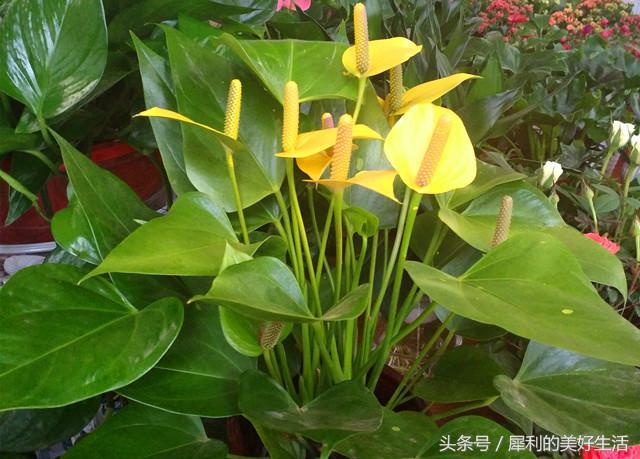
1. Nitrogen fertilizer
Nitrogen fertilizer is a fertilizer rich in nitrogen, and nitrogen is a component of chlorophyll that plays a decisive role in photosynthesis, so nitrogen fertilizer can also be called leaf fertilizer, which is a necessary nutrition for many foliage plants during their growing period. if there is a lack of nitrogen fertilizer during the growing period, the leaves of the plant will become dim and dull. Although nitrogen fertilizer is more important, it is not better to apply as much nitrogen fertilizer as possible. It can be applied once or twice a month according to the plant size.
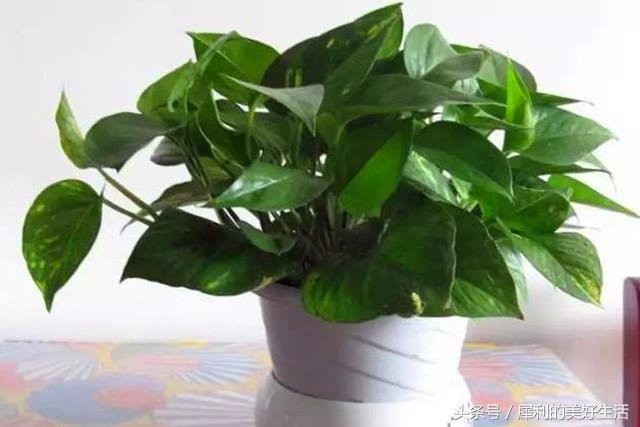
The production of nitrogen fertilizer is very simple. Put the soybeans or peanuts at home into an airtight container after they are cooked, it is best to add a small amount of starter, and then put the container in a place with plenty of sunshine, which can be used in a month or so. The fermented liquid fertilizer can be irrigated directly, and the residue can be prevented from being used as base fertilizer in the basin. When retting for nitrogen fertilizer, the lid of the container should be often opened. Otherwise, the container will burst because of the gas produced by fermentation!
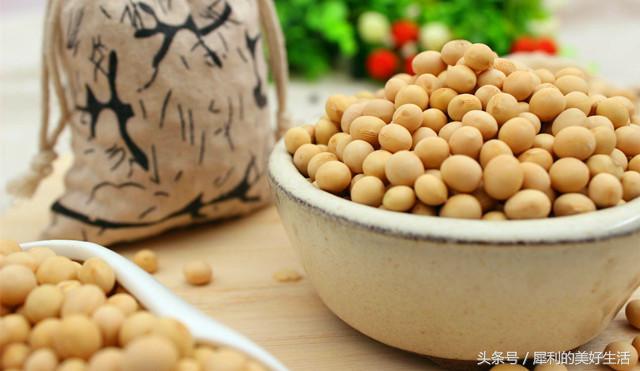
2. Phosphate fertilizer
Phosphate fertilizer is a fertilizer rich in phosphorus, which can mainly promote the abundance and fullness of flower buds, so it can also be called flower fertilizer. If there is a lack of phosphorus, the plant will have small and few flowers, poor color, poor fruit development and other conditions. It is a necessary nutrient for ornamental and fruit plants.
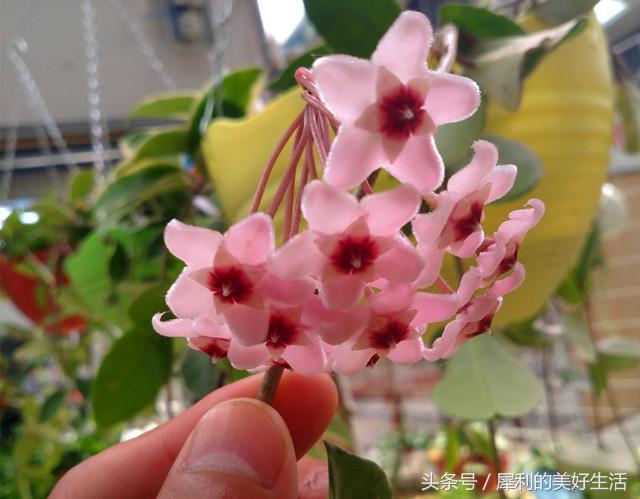
It is also relatively simple to make phosphate fertilizer. Wash the leftover fish bones directly, cut them into 2-3 cm long and dry them, then insert the cut thorns into the edge of the basin, and put the thicker fish bones into the bottom of the basin as base fertilizer, so that the fish bones can be slowly decomposed, and then the plant can slowly absorb the phosphate fertilizer.
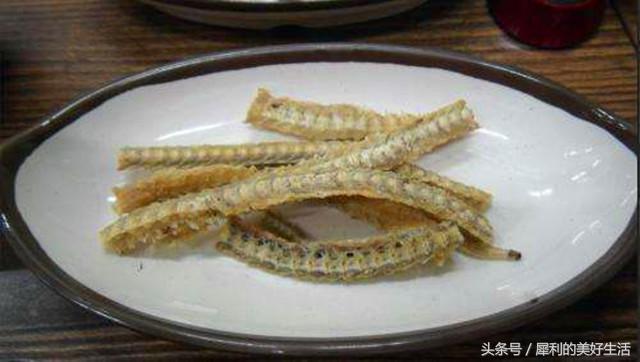
3. Potash fertilizer
Potash fertilizer is a fertilizer rich in potassium, although it has no direct effect on plants, it can improve the efficiency of photosynthesis and make plant roots strong, branches full and the whole plant tall and straight, so it can also be called root fertilizer. If there is a lack of potassium fertilizer, it will lead to low plants, thin stems, weak branches and leaves, and can not stand upright.

Potash production is also relatively simple, usually when eating barbecue, small pieces of charcoal can be collected, and large chunks of charcoal can be spread at the bottom of the basin, which can not only serve as a drainage layer, but also release potassium in flowerpots, or mix fine particles in the basin soil. it can also play the same role, it can also collect plant ash, dissolve it in water, take the upper layer to clarify the liquid, and apply it every semimonthly.
To know the role of nitrogen, phosphorus and potassium fertilizer, we should also be clear about the application time and key points of the three kinds of fertilizer: nitrogen fertilizer is the main fertilizer in the growing period, and phosphorus and potassium fertilizer is the main fertilizer in the flowering and fruiting period; foliage plants should apply more potash fertilizer, flowers and fruit plants should focus on phosphorus and potassium fertilizer, bulbous plants should have more potash fertilizer, and when using self-made fertilizer, we must remember that it should be light rather than concentrated, otherwise it will cause root damage.
- Prev
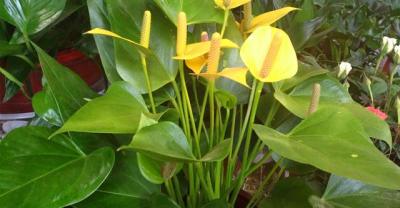
Don't spend money on nitrogen, phosphorus and potash fertilizer. You can do it at home and grow flowers.
Recently, many flower friends have left messages to Huahua, some saying that flowers grow slowly, others say that flowers only grow leaves but do not blossom. In fact, all these may be due to the lack of fertilizer.
- Next
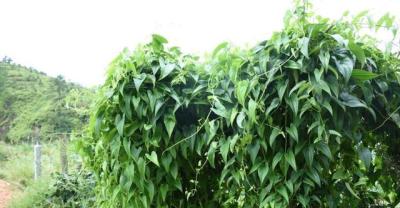
Skill | grow flowers and buy soil, are you stupid? 2 tricks teach you to make fertile and nutritious soil!
Whether the flowers are raised well or not, the soil is very important. many flower friends do not hesitate to spend a lot of money to buy soil, only for their own flowers to be green. In fact, the kitchen is green.
Related
- What if the leaves of potted flowers turn yellow?
- Florescence Control of several Flowers
- Anti-freezing technology and post-freezing nursing technology of flowers
- What is the classification of flowers? What are the common methods of flower classification?
- Prevention and control of alkali and acid damage of flowers in courtyard
- Technology of Anti-freezing and restoring growth of Flower seedlings in greenhouse and greenhouse
- How does flower fertilization not hurt the root? Fertilization technology of flowers
- Key points of disinfection in flower greenhouse
- Several pesticides that are banned or used cautiously in flowers
- How to fertilize the flowers that watch the leaves?

